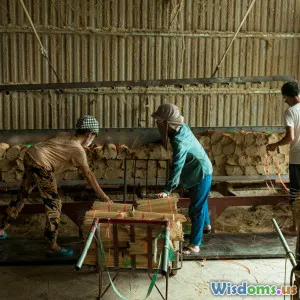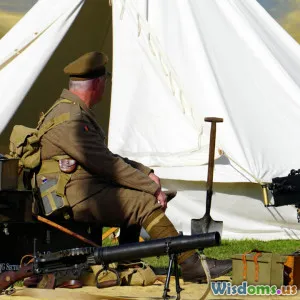
Stories of Unsung Heroes in Civil Rights History
38 min read Explore overlooked figures—Claudette Colvin, Ella Baker, Bayard Rustin—whose quiet courage powered landmark campaigns and legal wins, reshaping the Civil Rights Movement beyond its most famous leaders. (0 Reviews)
History rarely moves because one person delivered a perfect speech. It shifts because thousands of ordinary people did the unglamorous work—teaching neighbors to sign their names, staking homemade signs on dangerous roads, drafting legal briefs long into the night, or operating mimeograph machines until the ink stained their fingers. These stories are everywhere in civil rights history, but they often sit in footnotes or family albums rather than on monuments. This article gathers some of those lives—strategists, teachers, fundraisers, students, and protectors—and offers practical ways to carry their lessons forward.
The Strategists Behind the Scenes: Ella Baker and the Art of Decentralized Leadership

Ella Baker spent decades convincing movements to trust ordinary people with extraordinary responsibilities. After work with the NAACP, she convened the 1960 conference at Shaw University where students formed the Student Nonviolent Coordinating Committee (SNCC), arguably the most agile and democratic organization of the era. Baker’s counsel to the students was deceptively simple: build strong local leadership and make decisions as close to the ground as possible. Rather than chase headlines, nurture neighbors who can solve neighbors’ problems.
Why it mattered: decentralized leadership kept the movement adaptable. When students in Greensboro started sit-ins, SNCC didn’t try to command from afar; it supported local organizers with training, legal help, and travel funds. In McComb, Mississippi, and Albany, Georgia, SNCC field secretaries learned to listen before they planned. This minimized the risk of a single arrest or assassination crippling the whole effort.
A practical takeaway for today’s organizers: structure your work so that information and authority circulate. Baker believed in meetings that were long enough for shy voices to be heard and skill-building that turned spectators into leaders. The model looks slow at first but pays off: as more people become capable of facilitating meetings, setting agendas, and resolving conflicts, campaigns survive setbacks and grow deeper roots.
A Conductor Without a Spotlight: Bayard Rustin’s Logistics Made Movements Move

Bayard Rustin, a Quaker and skilled tactician, rarely sought the microphone. Instead, he made the microphone audible to a quarter-million people. He was the chief organizer of the 1963 March on Washington, assembling transportation routes, volunteer marshals, sound systems, signs, and sanitation across dozens of states. Years before, he had tested bus segregation in the 1947 Journey of Reconciliation, prefiguring the Freedom Rides.
Rustin’s gift was translating ideals into flows—of people, food, communication, and safety. He drafted manuals that detailed nonviolent discipline, mapping how a protest should enter, proceed, and exit. He also navigated political realities. His sexuality and past arrests made him a target for smears; keeping him out of the limelight protected the march. He accepted that bargain because the goal was larger than any resume.
Actionable insight: any large action deserves a logistics handbook. Write it like Rustin did: include contacts for marshals, first-aid, legal observers; specify arrival windows, contingency plans for rain, and guidelines for crowd de-escalation. Movements falter not for lack of idealism but for lack of bathrooms and buses.
Citizenship Schools: Septima Clark, Bernice Robinson, and the Quiet Revolution of Literacy

Septima Clark, a teacher from South Carolina, and Bernice Robinson, a beautician, pioneered Citizenship Schools—small, community-run classes that taught adults how to read, write, and navigate voter registration barriers. Their first classes on Johns Island used grocery lists, utility bills, and sample ballots. The genius was matching literacy to real civic tasks, not abstract drills.
The program spread through the Highlander Folk School and later the Southern Christian Leadership Conference. Students who learned to sign their names and decode forms became voter registration leaders. The ripple effects were huge: when one neighbor could complete the registration test without being tricked, others followed. Citizenship Schools operated in church basements, back rooms of shops, and living rooms. They turned education into a chain reaction.
How-to for modern civic education, inspired by Clark and Robinson:
- Start with daily paperwork (rental agreements, school forms) and translate those into civic equivalents (absentee ballots, city council agendas).
- Recruit instructors who are trusted local figures: hairdressers, postal workers, parent leaders.
- Keep classes intimate and practical: short sessions, child-friendly spaces, and immediate tasks like writing a letter to an elected official together.
- Track success in neighbors helped, not just in test scores: mentorship trees, rides to registration sites, and follow-ups after elections.
Jo Ann Robinson and the Night the Leaflets Flew
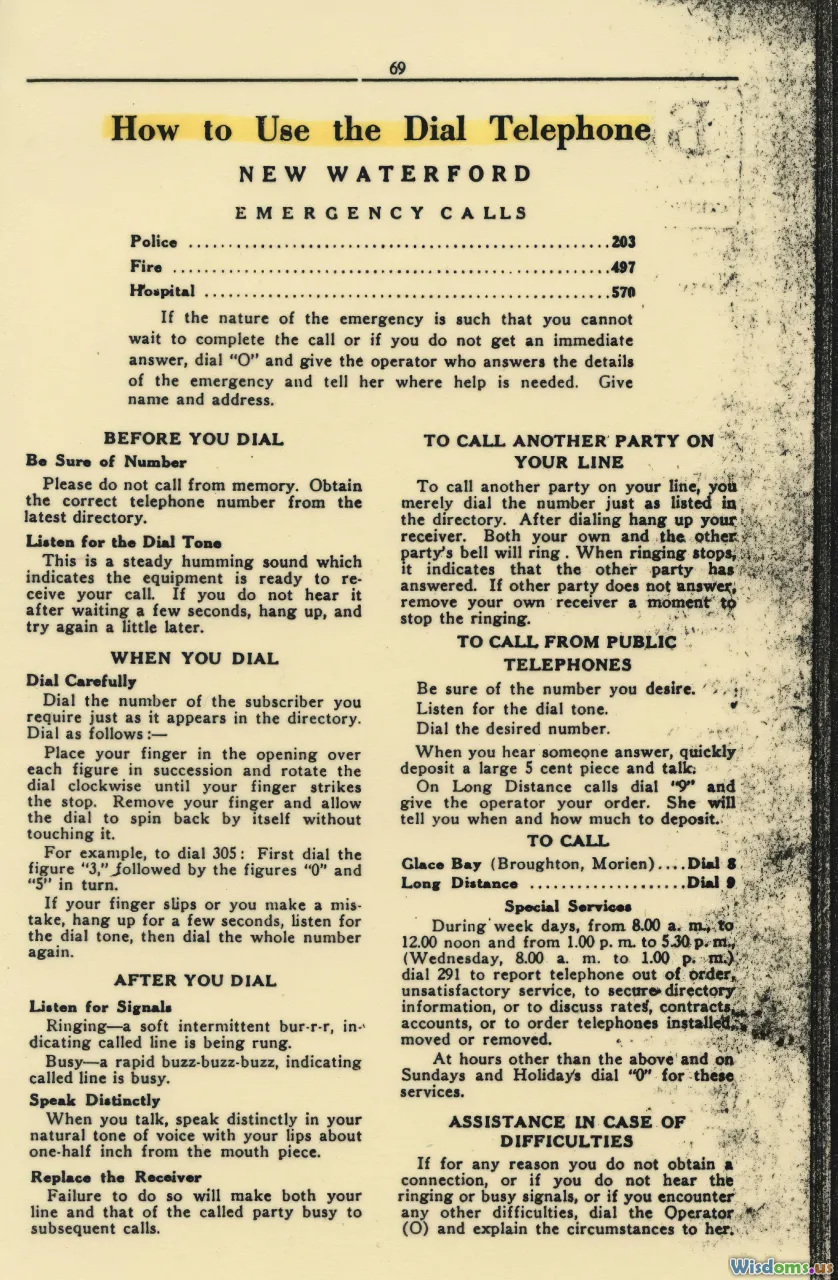
When Rosa Parks was arrested in Montgomery on a Thursday, English professor Jo Ann Robinson mobilized the Women’s Political Council overnight. In the predawn hours, she and a small team ran off tens of thousands of leaflets calling for a one-day bus boycott on Monday. The message was crisp: do not ride the buses. Churches circulated the handbills, and the city woke to a movement already in motion.
The boycott lasted 381 days. Many remember the carpools and the Supreme Court ruling that followed, but the spark came from a teacher who had already drafted a plan for such a moment. Robinson had been advocating bus reform for years, documenting abuses, meeting with officials, and—crucially—maintaining networks that could distribute information fast.
Actionable lesson: prepare before the flashpoint. Build contact lists across congregations, workplaces, youth clubs, and neighborhood associations. Maintain a “break-glass” plan with sample announcements, roles for volunteers, and distribution channels. Movements look spontaneous from the outside; from the inside, they’re rehearsed.
Claudette Colvin: A Teenager Who Sat So Others Could Stand

Nine months before Parks, 15-year-old Claudette Colvin refused to surrender her seat to a white passenger on a Montgomery bus in March 1955. Police dragged her off; she was arrested and convicted. Unlike Parks, Colvin was a student without political backing, and in a time of relentless scrutiny, adult leaders hesitated to make her the face of the campaign. But her courage mattered in court.
Colvin was one of four plaintiffs in Browder v. Gayle, the federal case that challenged bus segregation in Montgomery and led to a 1956 decision declaring it unconstitutional. That legal victory did not hinge on a single icon; it rested on the experiences of everyday riders, including a teenager who refused to be discounted.
What Colvin’s story teaches: transformative acts do not require official permission or perfect timing. Youth are often the first to test the limits. Incorporate youth councils and student voices into planning—not as tokens but as strategists. Provide them with legal education, mental health support, and leadership training, because the cost of courage can linger.
The Lawyers’ Lab: Charles Hamilton Houston, Constance Baker Motley, and the Strategy That Cracked Jim Crow
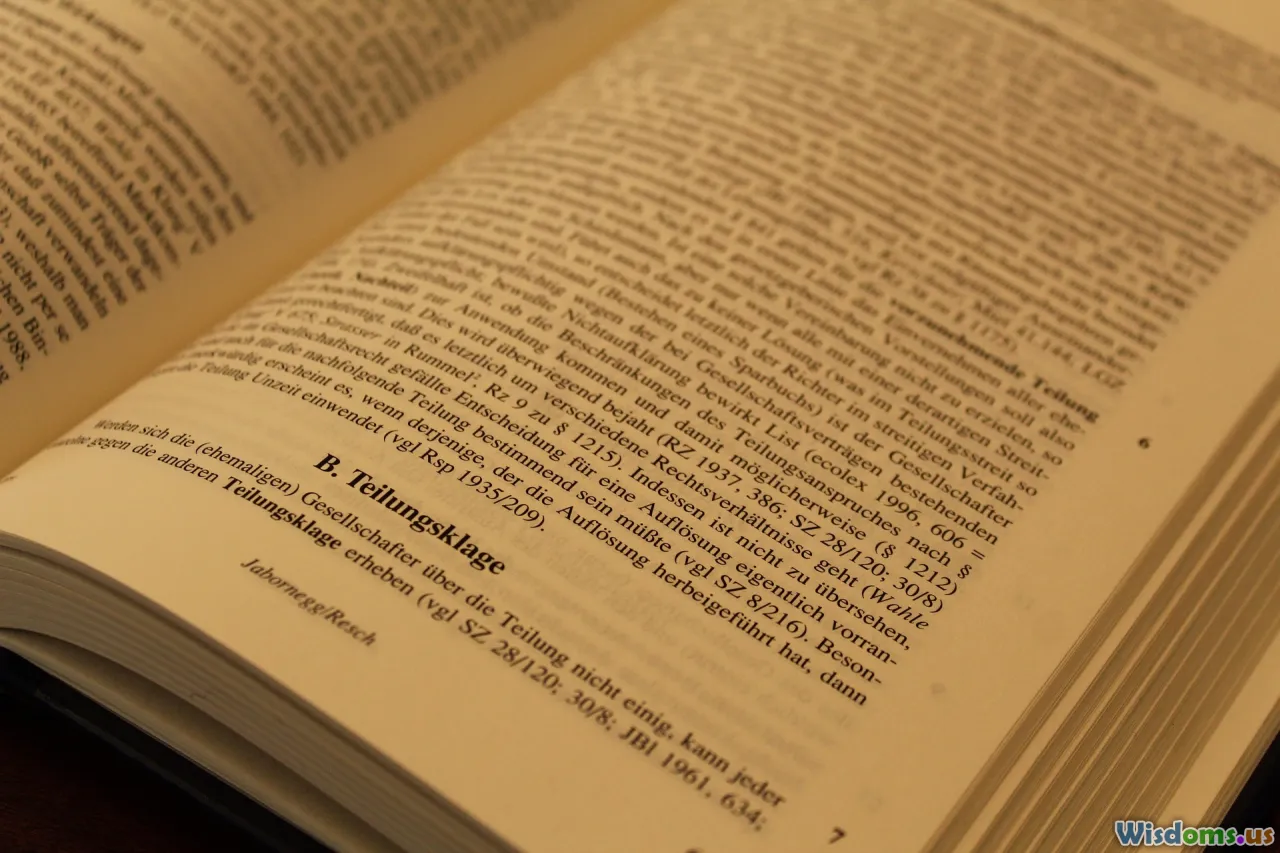
Before national headlines, there was a blueprint. Charles Hamilton Houston, a professor and attorney, trained a generation of civil rights lawyers to dismantle segregation brick by brick. He focused on education cases, forcing states to either equalize segregated professional schools at great expense or integrate them. This line of attack culminated in Brown v. Board of Education.
Constance Baker Motley, often overshadowed by her colleagues, drafted briefs and argued cases that advanced integration and protected demonstrators. She played decisive roles in desegregating universities, including representing James Meredith in his effort to enter the University of Mississippi. Later, she became the first Black woman to serve as a federal judge, carrying courtroom expertise into the judiciary.
Comparison point: spectacle vs. strategy. Mass marches change public sentiment; litigation changes legal infrastructure. Both are necessary, but lawsuits require years of documentation, plaintiffs who can withstand pressure, and meticulous case sequencing. Houston’s lab taught that the courtroom is a workshop, not a stage.
Actionable steps for legal advocacy today:
- Choose fact patterns that highlight systemic harms, not just individual grievances.
- Pair impact litigation with public education: community forums that explain cases in plain language.
- Support plaintiffs with security, counseling, and financial assistance; the law demands patience and resilience.
Barbara Johns and the Student Strike That Became a Supreme Court Case
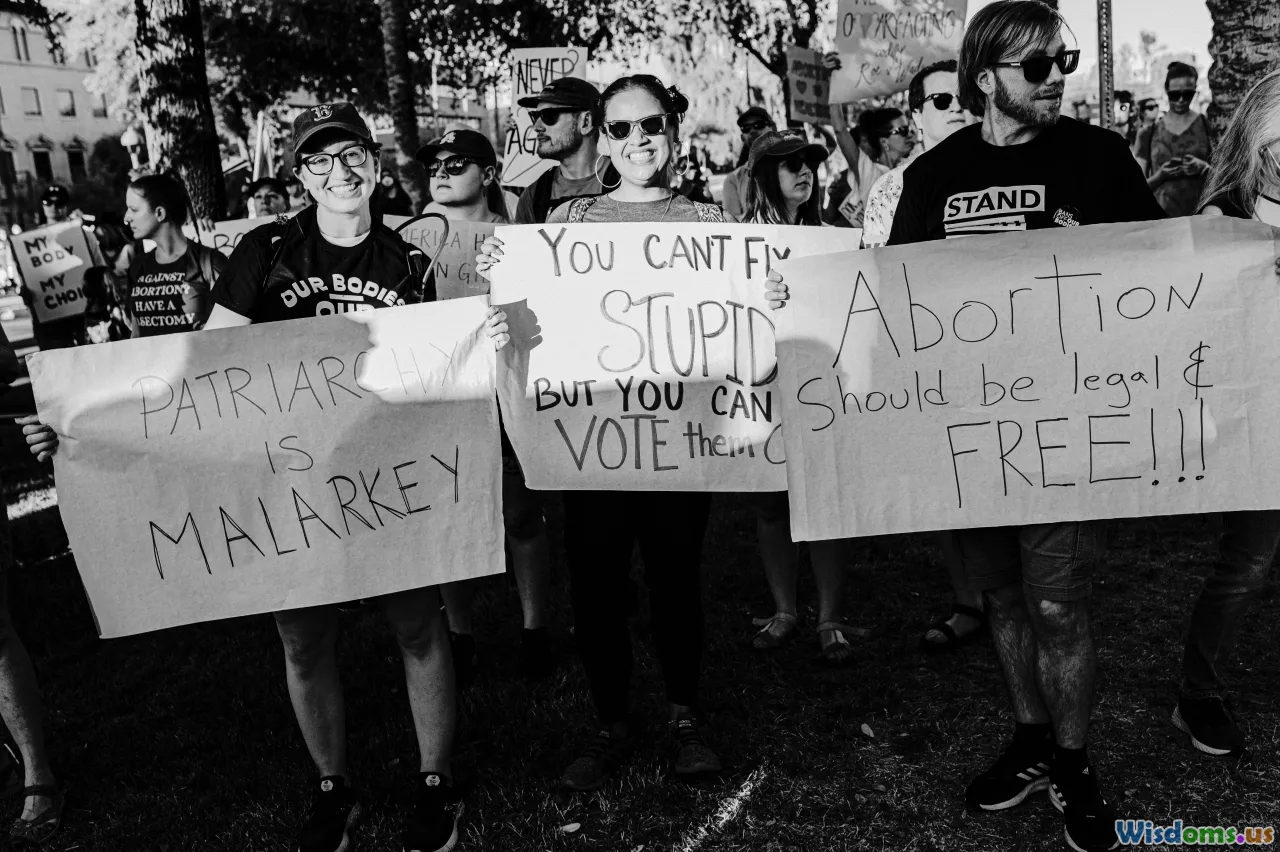
In 1951, 16-year-old Barbara Johns organized a student walkout at Moton High School in Farmville, Virginia. The school’s tar-paper shacks and overcrowded classrooms were symptoms of a county that underfunded Black students. Johns drafted handwritten notes, recruited classmates, and presented a plan to the faculty. The students marched to the courthouse to demand equal schools.
Lawyers from the NAACP helped transform the protest into a lawsuit—Davis v. County School Board of Prince Edward County—one of the cases consolidated into Brown v. Board. The county’s response made history of another kind: rather than integrate, it closed its public schools for five years. Black families built alternative schooling networks; some children left to stay with relatives elsewhere just to continue their education.
Johns’ strike shows the power and vulnerability of youth-led action. It also underscores why policy change needs enforcement mechanisms. Advocacy should prepare for backlash with contingency plans: scholarship funds, regional placement programs, and legal strategies to prevent officials from nullifying constitutional rights by shuttering services.
Freedom Summer’s Bridge Builders: Amzie Moore and Fannie Lou Hamer’s Local Power

When national groups targeted Mississippi for voter registration drives, they leaned on people like Amzie Moore, a postal worker, veteran, and entrepreneur in the Delta who hosted organizers, shared contacts, and explained local power structures. Moore’s house was both a meeting place and a shield.
Fannie Lou Hamer, a sharecropper who was evicted when she tried to register to vote, turned personal hardship into a megaphone. Her testimony at the 1964 Democratic Convention for the Mississippi Freedom Democratic Party (MFDP) revealed the brutal obstacles Black voters faced, from literacy tests to violent intimidation. Hamer’s local grounding gave national audiences a human scale for injustice.
Tactical insight: national campaigns succeed when they subordinate their calendars to local rhythms. In the Delta, farm cycles shape attendance; faith leaders can open doors; juke joints and barbershops can disseminate information faster than flyers. Build toolkits with local maps, “who actually decides” lists (clerks, sheriffs, registrars), and budget lines for host families and local transportation.
The Deacons for Defense and the Paradox of Protection

The civil rights story often foregrounds nonviolence. Less remembered are the Deacons for Defense and Justice, founded by Black veterans in Jonesboro, Louisiana, in 1964 and active in cities like Bogalusa. They escorted marchers, guarded homes, and deterred night riders. Their role was not to provoke confrontation but to make it too costly for vigilantes to terrorize organizers.
Core organizers operating in hostile towns knew the value of this protection. When the federal government hesitated to enforce rights, Deacons forced local authorities to act by creating a countervailing risk. Their presence complicated the public narrative but made some campaigns survivable.
Analytical takeaway: movements often rely on a spectrum of tactics, some visible, some deliberately quiet. While public-facing action remains nonviolent, backstage security can take different forms, from neighborhood watches to legal observers and rapid-response hotlines. Today, that might include digital safety teams, doxxing response plans, and security trainings for volunteers.
Asian American and Latina Threads: Yuri Kochiyama, Grace Lee Boggs, and Felicitas and Gonzalo Méndez

Civil rights history is a tapestry of communities learning from one another. Yuri Kochiyama, who experienced wartime incarceration with her Japanese American family, later became an organizer in Harlem. She built relationships with Black, Puerto Rican, and Asian American groups and elevated the stories of political prisoners and victims of state violence. Kochiyama’s home functioned as a hub where activism crossed language and neighborhood boundaries.
Grace Lee Boggs, a Chinese American philosopher-activist in Detroit, thought about civil rights as a stepping stone to a deeper reimagining of work, education, and urban life. With auto jobs declining, she pushed for new forms of community self-determination, emphasizing local production, education, and art that dignified everyday life.
Across the country in California, Felicitas and Gonzalo Méndez led a case in 1947—Méndez v. Westminster—that challenged the segregation of Mexican American children in Orange County schools. The ruling helped dismantle segregated schooling in the state and influenced arguments used in Brown. The Méndez family’s persistence shows how legal victories begin with parents refusing to accept a school enrollment denial.
Practical relevance: civil rights is not siloed by ethnicity. Coalitions that welcome overlapping fights—language access, workplace safety, schools free of segregation by any name—are stronger. When mapping allies, include cross-ethnic associations, union locals, and immigrant resource centers.
Native and Disability Rights in the Civil Rights Frame: Ada Deer and Judy Heumann

Menominee advocate Ada Deer led the successful campaign to restore her tribe’s federal recognition after a disastrous termination policy stripped it in the 1950s. Her work culminated in the Menominee Restoration Act of 1973, blending legal research, lobbying, and community education. Deer widened the civil rights lens: sovereignty is a civil right, too.
Judy Heumann, a pioneer of disability rights, helped coordinate the 1977 occupation of a federal building in San Francisco to force implementation of Section 504 of the Rehabilitation Act, a precursor to the Americans with Disabilities Act. The sit-in lasted nearly a month; the Black Panther Party and local churches delivered meals, a vivid example of cross-movement solidarity.
Lessons for coalition building:
- Frame rights expansively—voting access, accessible transit, sovereignty, and fair housing are interconnected.
- Share logistics: kitchens, interpreters, transportation, and legal support can be pooled across groups.
- Document coalition wins to build a playbook for future crises.
Faith on the Front Lines: Reverend Fred Shuttlesworth and Rabbi Abraham Joshua Heschel
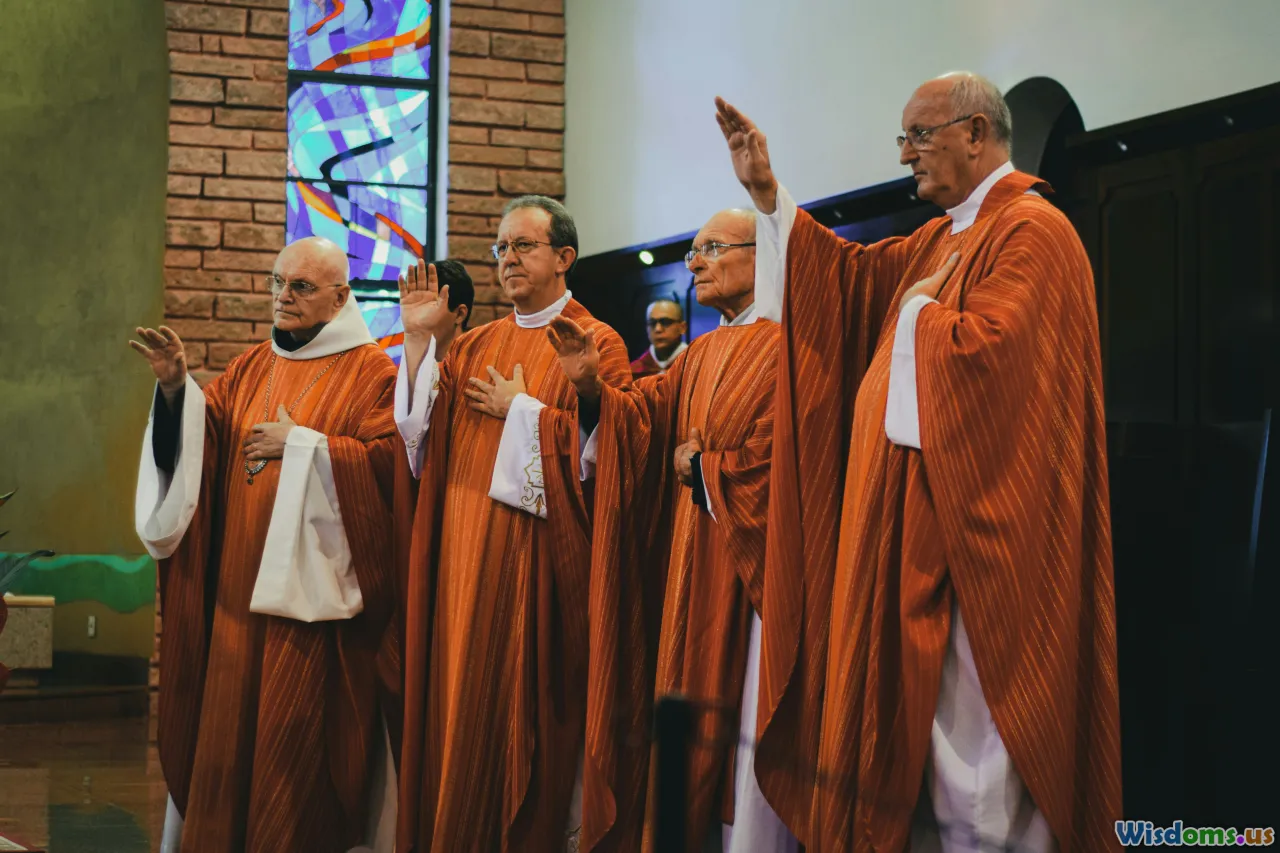
Reverend Fred Shuttlesworth co-founded the Southern Christian Leadership Conference and led the Alabama Christian Movement for Human Rights in Birmingham. He paid a heavy personal price: his parsonage was bombed, and he survived beatings while pressing for school and bus desegregation. Shuttlesworth had a fierce local focus; he forced the issue in Birmingham when others cautioned delay.
Rabbi Abraham Joshua Heschel, a theologian and immigrant from Poland, marched in Selma and taught that walking with those on the margin was a spiritual imperative. While not a Southern organizer, he represents a broader truth: faith traditions carry moral languages that movements can translate into public action. Interfaith alliances offered meeting spaces, credibility, and a moral chorus that could pry open reluctant audiences.
Actionable interfaith strategies today:
- Create a rotating calendar of services where civic themes are woven into liturgy or reflections.
- Form a clergy council trained in de-escalation and protest safety.
- Pair each congregation with a public-school partner for mentorship and material support.
How the Work Was Funded: T.R.M. Howard, the Chicago–Mississippi Pipeline, and the Economics of Resistance

Dr. T.R.M. Howard, a surgeon and entrepreneur in the all-Black town of Mound Bayou, Mississippi, understood that freedom required money and infrastructure. He helped found the Regional Council of Negro Leadership, which held mass rallies, promoted Black-owned businesses, and publicized the message: do not spend where you cannot be served with dignity. Howard’s home served as an organizing hub and a safe place for witnesses during high-profile cases, including the aftermath of Emmett Till’s murder.
The economics of resistance extend beyond boycotts. Movement work relied on printing presses, car repairs, bail funds, and decent meals. Much of this came from local donors, fraternal organizations, women’s clubs, and small businesses. When northern supporters asked how to help, local leaders often requested specific goods—a station wagon, a camera, a tape recorder—rather than abstract grants.
Practical funding tips:
- Build a line-item budget that maps every task to cost (paper, fuel, child care) and every cost to a donor base (small recurring gifts, local business sponsors).
- Launch a “tools of freedom” drive for practical items: portable printers, hot spots, folding chairs, first-aid kits.
- Keep transparent ledgers; post monthly summaries so supporters see where every dollar goes.
Unsung Heroines of Strategy and Risk: Diane Nash, Gloria Richardson, and Victoria Gray Adams

Diane Nash emerged from the Nashville student movement with a rare calm under pressure. When the original Freedom Riders were battered in Alabama in 1961, she insisted the rides continue, coordinating replacements by phone from Nashville and negotiating with federal authorities. The decision broke the cycle of violence-as-deterrence.
Gloria Richardson led the Cambridge Nonviolent Action Committee on Maryland’s Eastern Shore. She combined negotiation with street-level pressure, advancing demands for jobs, housing, and desegregation. Her image—pushing aside a National Guardsman’s bayonet while remaining composed—captured a truth about dignified defiance.
Victoria Gray Adams, a co-founder of the MFDP, took the fight into electoral politics. She ran for the U.S. Senate in 1964 and worked to open the Democratic Party to Black Mississippians. Her work shows that civil rights strategy is not just mass action or courtrooms; it is also the painstaking business of party rules, delegate credentials, and bylaws.
Actionable leadership practices from these women:
- Operate with a dual clock: immediate response to crises and longer-term institutional reform.
- Train spokespeople who can stay composed during chaos and translate demands into policy language.
- Build a bench: identify and mentor people to run for local party committees, school boards, and election boards.
Ann Atwater and the Alchemy of Relational Power

Ann Atwater, a Durham community organizer, tackled the practical injustices of daily life—broken stoves in public housing, unfair welfare rules—and built power in tenants’ councils. In 1971, she and Ku Klux Klan leader C.P. Ellis co-chaired a community charrette on school integration. Through weeks of problem-solving, they forged an unexpected alliance; Ellis even renounced his position. The point is not a tidy redemption arc but a method: bring those affected by policy into extended, structured conversation, ask them to co-design solutions, and keep them together long enough to outlast stereotypes.
How-to apply relational power:
- Use charrettes—multi-day workshops—to tackle complex issues like school zoning or transit routes. Provide child care and meals to keep working families at the table.
- Make the process transparent: public agendas, scribes who capture community language, and follow-up committees with real authority.
- Measure success by implemented changes—new bus routes, repaired units—not just by attendance.
Modjeska Monteith Simkins and the Public Health of Justice

Modjeska Monteith Simkins, often called South Carolina’s “first lady of civil rights,” bridged public health and legal activism. Working on anti-tuberculosis campaigns, she developed the skill of door-to-door persuasion and data collection. Those skills migrated into voter registration and school equality campaigns. Simkins helped coordinate support for Briggs v. Elliott, a case from Clarendon County challenging gross school inequalities, later combined into Brown.
Her home became a staging area where ministers, teachers, and lawyers planned. Simkins understood the connection between health and freedom: segregated hospitals, environmental hazards, and lack of sanitation were civil rights issues. Today’s organizers can apply her lens by pairing advocacy with health screenings, environmental testing, and mobile clinics at rallies.
Practical pairing ideas:
- Host “civic check-ups” with voter registration, blood pressure checks, and lead testing in one event.
- Train community health workers as civic ambassadors who can spot policy barriers during home visits.
Amelia Boynton Robinson and the Road Through Selma

Long before national leaders arrived, Amelia Boynton Robinson had been organizing Black voters in Dallas County, Alabama. Her office in Selma served as headquarters for meetings, strategy sessions, and voter clinics. On March 7, 1965, she was among those beaten on the Edmund Pettus Bridge. The brutality shocked the country and accelerated the Voting Rights Act later that year, but the groundwork was her daily labor: forms filled out, rides given, fear eased with coffee and conversation.
Tactical takeaway: major confrontations should rest on prepared communities. Boynton Robinson’s steady presence gave neighbors the confidence to walk onto that bridge. Today, that translates into regular know-your-rights workshops, rideshares to hearings, and debrief spaces after tense public actions.
Comparing Tactics: Why Grassroots Infrastructure Beats One-Off Spectacle

Big marches generate energy and media attention, but they can also dissipate without structures to catch that energy. Grassroots infrastructure—leadership pipelines, meeting spaces, communications systems, legal defense networks—turns a flash into a fire.
Comparison analysis:
- Recruitment: spectacles pull in new people; infrastructure retains them with roles and training.
- Risk: spectacles expose participants to legal and physical danger; infrastructure mitigates with marshals, legal support, and security protocols.
- Outcome conversion: spectacles shift narratives; infrastructure converts that shift into policy by attending hearings, filing records requests, and running candidates.
Practical infrastructure checklist:
- People: create a skills inventory (e.g., drivers, translators, social workers, mediators) and a mentoring program.
- Places: secure recurring access to spaces—union halls, libraries, churches—for standing meetings.
- Processes: standardize onboarding, meeting facilitation, conflict resolution, and data stewardship.
- Protection: maintain a legal hotline, trained de-escalators, and a safety plan for in-person and online harassment.
How to Find the Unsung Heroes in Your City or Campus
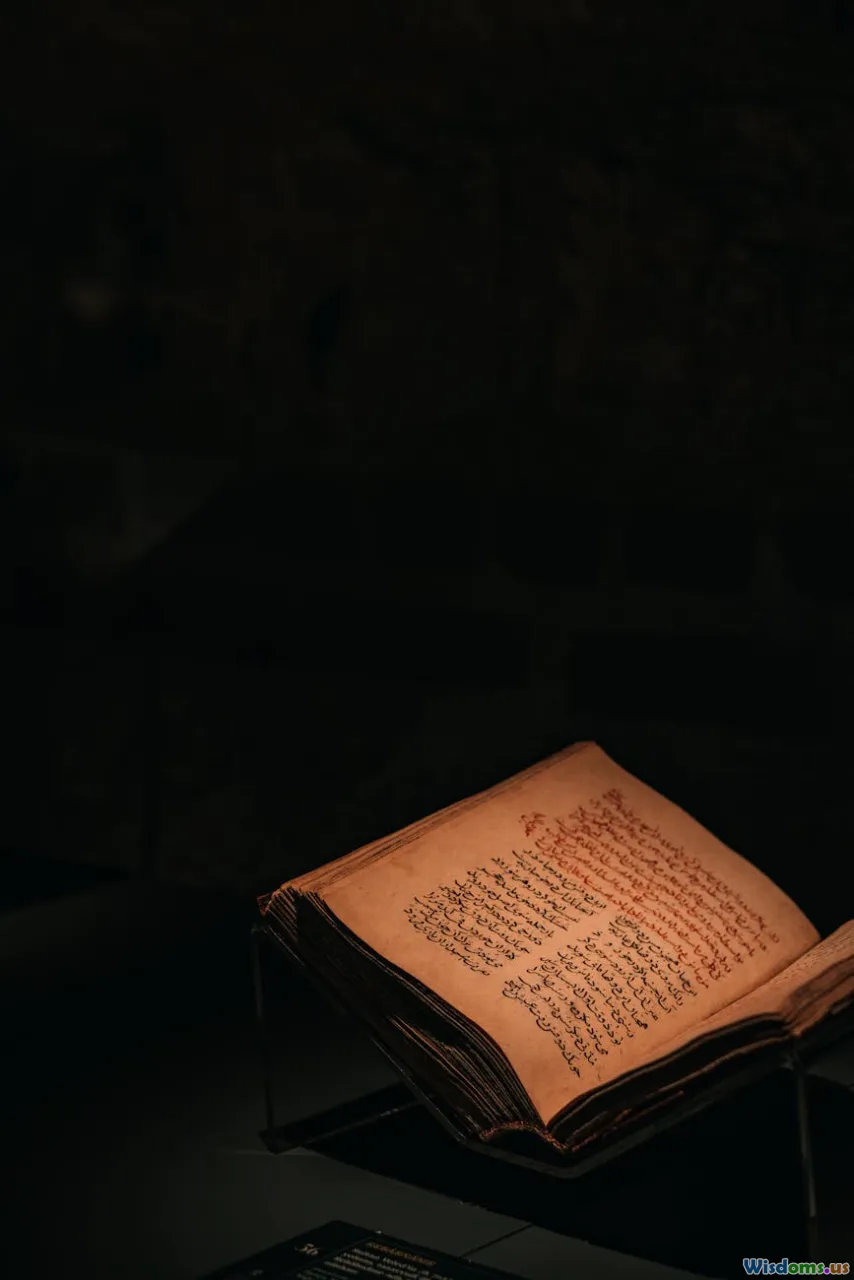
You don’t need to wait for a national publisher to surface local heroes. You can do it this month.
Step-by-step guide:
- Map the institutions: list churches, mosques, temples, union locals, historically Black fraternities and sororities, social clubs, barber shops, civic leagues, and community centers. These are oral history vaults.
- Visit archives: start with local historical societies, university special collections, and city directories. Ask for pamphlets, flyers, and minutes from neighborhood groups between 1940 and 1980. Many collections are undercataloged; talk to archivists about “vertical files” or uncatalogued boxes.
- Read the small press: scour historically Black newspapers and Spanish-language weeklies for community notes, obituaries, and event calendars. These mention organizers that big papers miss.
- Conduct interviews: use a simple consent form; record audio on a phone with a lapel mic. Begin with “how did people get the word out?” and “who kept things moving when others were afraid?” Follow names that recur.
- Ground-truth: walk the blocks named in stories; take photos of buildings, storefronts, and corner lots. Ask shop owners about the past.
- Cross-check: verify dates with church bulletins, court records, and school board minutes. Accuracy builds trust.
- Publish accessibly: build a digital map, create a zine, or mount a pop-up exhibit in a library. Use captions that explain why each person mattered.
Tips for ethical storytelling:
- Share drafts with narrators or families. Invite corrections.
- Clarify ownership: agree on where audio, photos, and transcripts will live.
- Compensate interviewees when possible, or provide gift cards and transportation.
- Protect sensitive details that could expose someone to harm.
Practical Ways to Honor Their Legacy Today
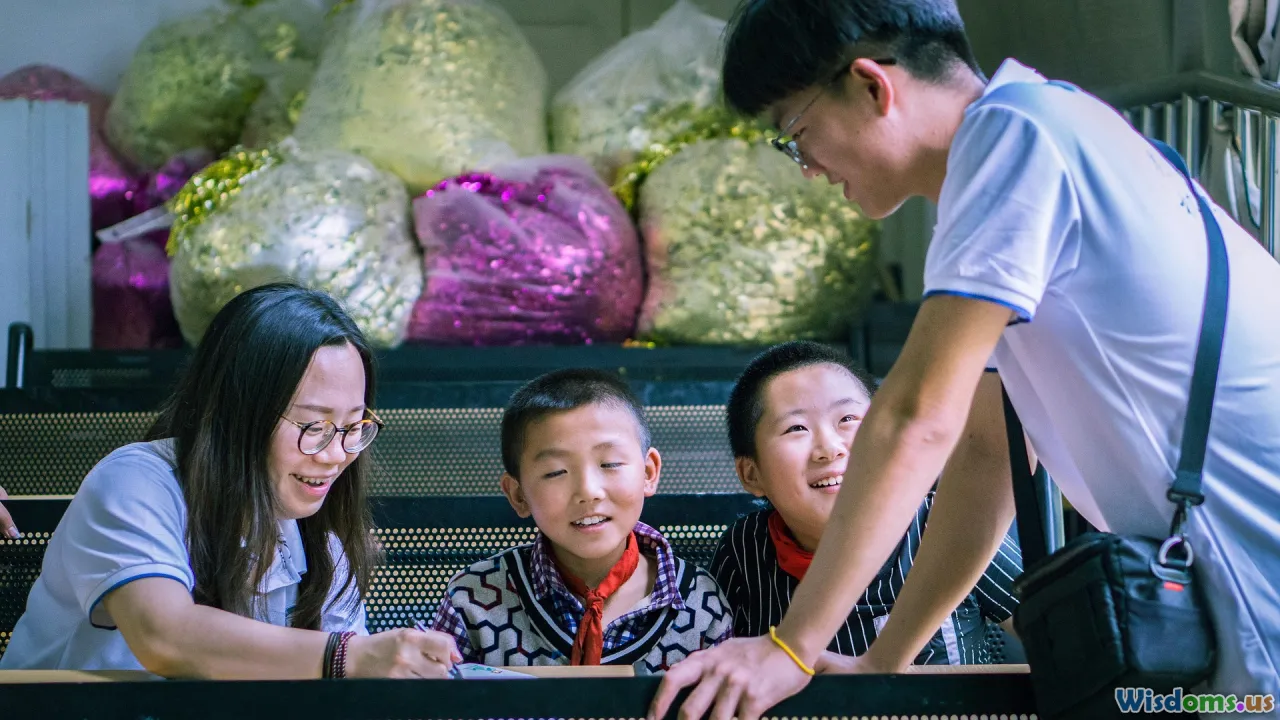
Honor should be more than a plaque. Here are ways to make memory an engine for action:
- Adopt-a-hero curriculum: build a month-long unit for middle or high school students on a local figure—lesson plans, a field trip, and a student-produced mini-podcast.
- Name the rooms: in your office, school, or union hall, name meeting rooms after local organizers. Add a one-page biography and a photo. Tell their story at the start of meetings.
- Skill-shares modeled on Citizenship Schools: run Saturday workshops on tenants’ rights, small claims court, disability accommodations, or public records requests. Provide child care and food.
- Micro-grants in their names: $500 grants to youth-led projects that mirror a hero’s work—literacy, voter outreach, public health, legal observation.
- Mutual aid calendars: dedicate a week each quarter to a theme from these stories—transportation justice, food solidarity, court support—and recruit volunteers accordingly.
- Annual “mapping day”: train volunteers to photograph and document sites of past organizing before gentrification erases them. Contribute to open archives.
Why These Stories Change How We Work Now
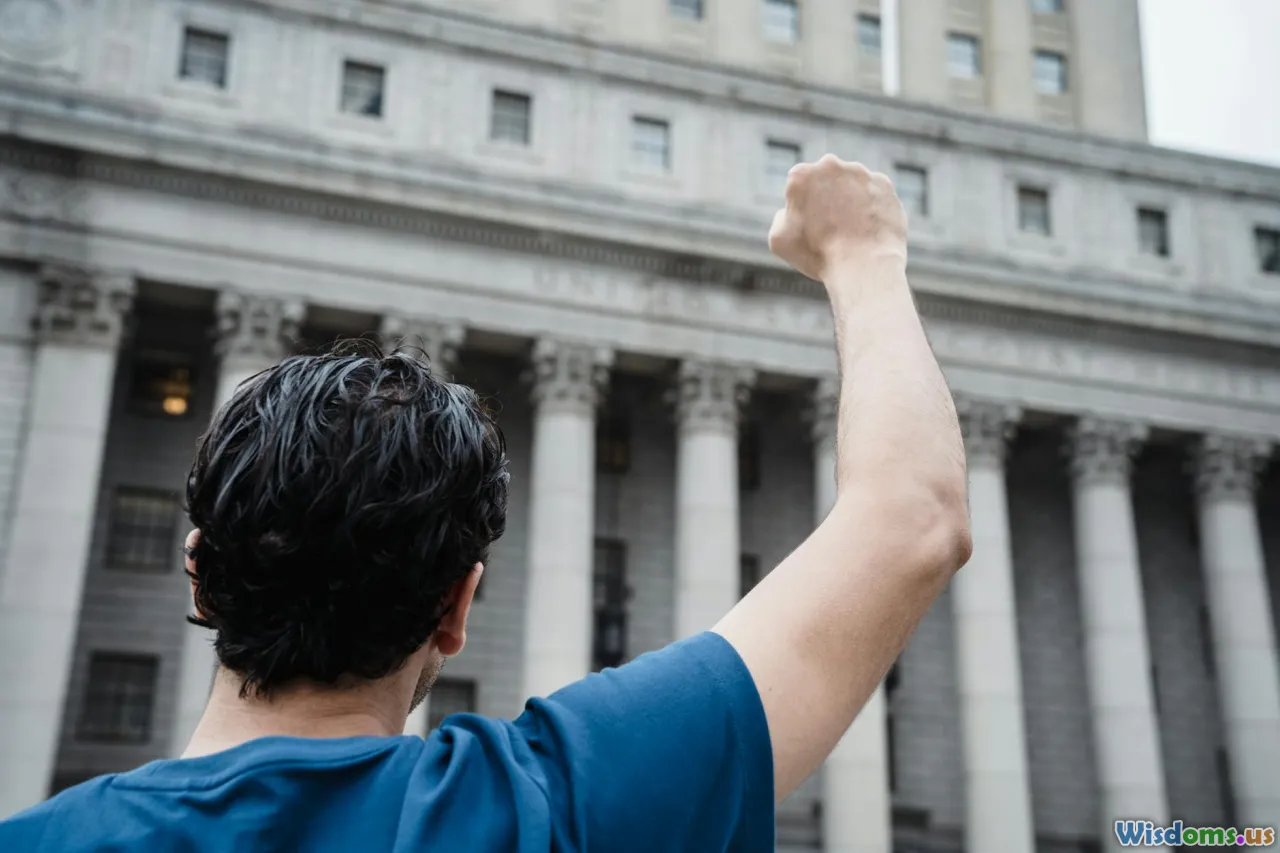
Unsung heroes offer more than inspiration; they offer methods. Ella Baker’s insistence on shared leadership foreshadows the horizontal structures that sustain campaigns today. Bayard Rustin’s logistics teach that ideals need power strips and porta-potties. Septima Clark’s citizenship lessons remind us that forms and fees can be as daunting as fire hoses—and just as urgent to confront.
When we remember Jo Ann Robinson’s flyers, we learn to plan for the night before. When we honor Claudette Colvin, we center youth not just as marchers but as strategists. When we study Modjeska Simkins, we see public health as a civil right. When we examine the Deacons for Defense, we appreciate that nonviolence in public can rely on layered strategies for safety out of sight. When we walk with Amelia Boynton Robinson through Selma, the phrase “movement infrastructure” ceases to be abstract; it becomes a warm office, a working copier, a spare set of car keys.
The civil rights movement—like any living movement—was a collaboration between the famous and the forgotten, the televised and the tireless. If we learn from the people whose names were never on posters, we’ll build campaigns that last, communities that know how to care for one another, and classrooms that prepare no one to wait for permission to make history. That is how stories become strategies, and strategies become freedom made practical.
Rate the Post
User Reviews
Other posts in History of Slavery & Civil Rights
Popular Posts










